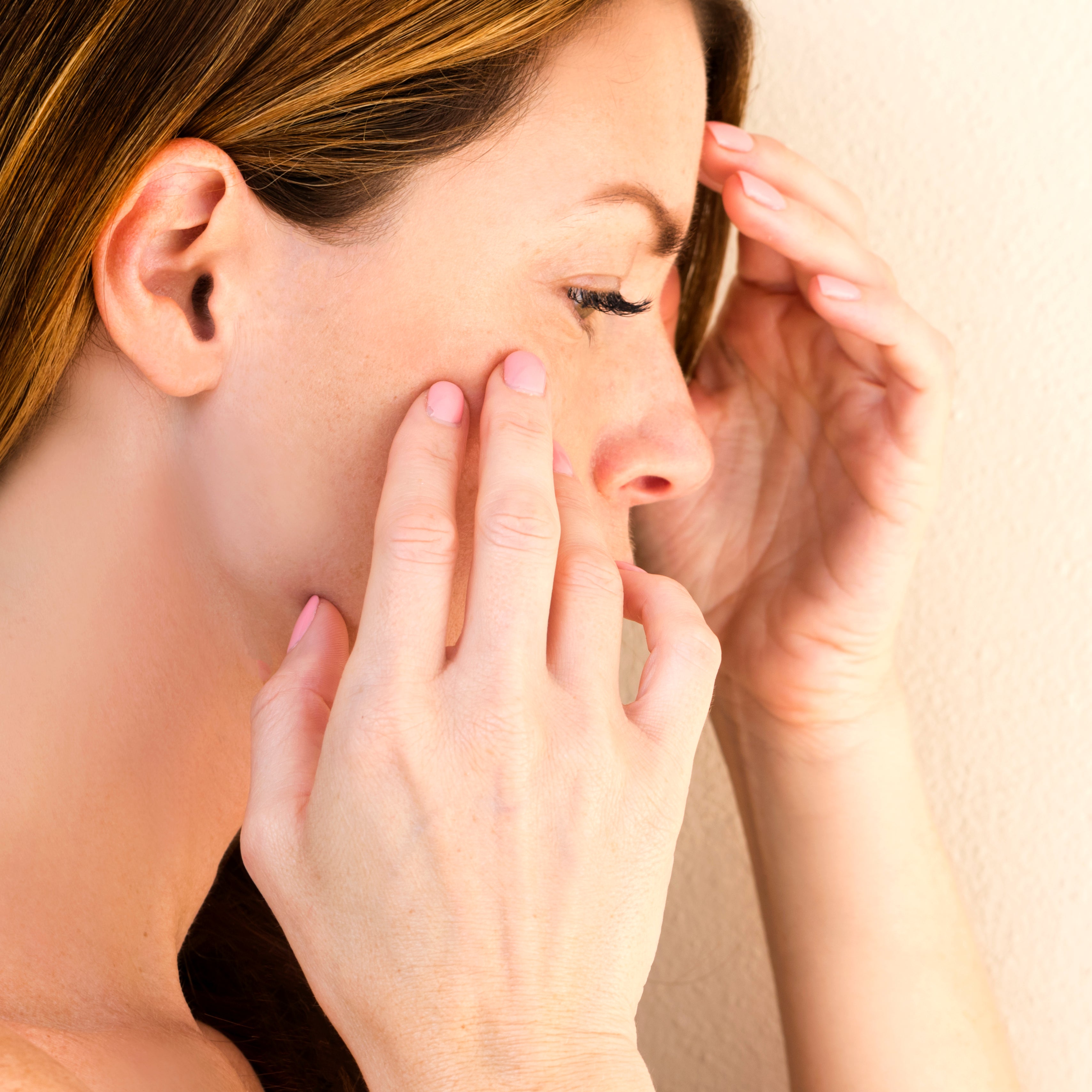
What Should You Look for in a Facial Cleanser?
Facial cleansers are one of the most important stepping stones in a proper skincare routine. They can be used to help target a variety of different skin challenges as well as improve your overall complexion and skin health.
Cleansers are found in a few different types, and can be formulated for every skin type. Finding the right facial cleanser for you may take a bit of time and possibly some talks with your dermatologist, but there is a facial cleanser out there for everyone.
What Are Cleansers?
Facial cleansers are specifically made to remove a variety of particulates from the surface of your skin. They can be used to remove foundation and makeup, or can target dead skin cells, sebum, dirt, and environmental toxins.
The purpose of a cleanser is to remove debris so they don’t get trapped in your pores. Clogged pores can lead to blackheads, whiteheads, acne breakouts, and other skin irritation and inflammation.
Types of Cleansers
When searching for cleansers, you will normally see three different types; foams, creams, and gels. Each one has a specific use depending on your skin type, though all three are specifically formulated to be gentle on your face and neck.
Foam Cleansers
These are the lightest cleansers on the market, and usually go on in a liquid form and lather into a rich foam. Foam cleansers are great for normal, oily, and combination skin types as they can remove excess oils without stripping the skin of all the oil.
Cream Cleansers
This type of cleanser is great for anyone suffering with sensitive or dry skin. Creams are considerably thicker than foam cleansers, and usually include extra ingredients to boost skin hydration.
You can also find cream-to-foam cleansers such as our ILUMA intense brightening exfoliating cleanser. This formulation goes on in a thick cream, but lathers into a gentle foam to help exfoliate skin while removing surface impurities.

Gel Cleansers
This cleanser is normally recommended for people with acne-prone or very oily skin. Gels are thick, but offer a deep cleaning effect on your skin. Some gel cleansers offer exfoliating beads as well which is great for balancing out skin texturing and reducing the appearance of uneven skin tone.
When it comes to gel cleaners, we stand behind our ORMEDIC balancing facial cleanser. It offers a burst of botanical antioxidants that help cleanse your skin while also providing gentle hydration.

Travel Towelettes
Cleansers can also be found in convenient pre-moistened towelettes such as our I BEAUTY refreshing facial wipes. These convenient wipes are perfect for mid-day facial cleansing when you may not be able to get to a sink for a proper face wash.

How Do Cleansers Work?
Your skin has a natural pH level which can range from 4 to 6 on average. Facial cleansers are clinically formulated to work together with this pH level to provide gentle yet effective cleaning.
Normal hand and body soaps are much harsher and can strip your skin of natural oils, as well as affect the pH level. This can lead to extreme dryness, redness, irritation, and more.
What are the Benefits of Cleansers?
Water on its own is not strong enough to wash away surface impurities on your skin as most of these are not water soluble. Instead, cleansers are specifically formulated to target excess oil buildup, dead skin cells, and other surface dirt.
Cleansers are also much gentler than plain hand soap. While soap may be perfectly fine to use on your hands, the more delicate skin on your face can suffer from this type of cleansing. Facial cleansers are created for facial use and won’t strip your skin of beneficial natural oils.
How to Wash Your Face
While washing your face may seem like a straightforward process, there are a few key steps that can help improve your overall results. Water temperature as well as how you apply your cleanser can both be two major factors in the effectiveness of your next face washing.
Water Temperature
According to the American Academy of Dermatology, using lukewarm water is the best option for face washing. Hot water can strip your skin of natural oils leading to overly dry skin and acne breakouts, while cold water will close up pores and may potentially trap dirt inside. However, after washing with lukewarm water, a quick splash of cool water is great for a zesty finish!
Cleanser Selection
With so many cleansers on the market, it may be difficult to know which one is best for your skin. Look for a cleanser that is gentle and non-abrasive. The only time you should be going with an abrasive product is when you are using an exfoliator.
Proper Application
Applying the cleanser with a washcloth, sponge, or loofah is not generally recommended as it can cause microscopic damage to your skin. Instead, use your fingertips to smooth the cleanser into your face and direct it to delicate areas such as around your eyes and mouth. Be careful not to scratch your face with your fingernails, and try to avoid scrubbing the cleanser into your skin roughly.
Rinse and Dry
Use lukewarm water to rinse the cleanser from your face, again using your fingertips to help clean your face. Once the cleanser has been thoroughly rinsed away, use a soft and dry towel to pat your face dry.
How Often Should You Wash Your Face?
On relaxing days, face washing should be done twice a day; once in the morning, and once at night. However, on especially strenuous days, or after a trip to the gym, face washing should be done after heavy sweating.
Perspiration can quickly send surface dirt and toxins into your pores where, if left, can lead to acne breakouts, blackheads, and whiteheads. If you notice yourself sweating more than usual, try to wash your face as quickly as possible to prevent your pores from becoming clogged.
Sources:
https://www.healthline.com/health/beauty-skin-care/wash-face-with-cold-water
https://www.aad.org/public/everyday-care/skin-care-basics/care/face-washing-101





